Buy the photo Cliff House by Maarten Verhees on canvas, ArtFrame, poster and wallpaper, printed on demand in high quality.
About "Cliff House"
by Maarten Verhees
About the artwork
Kandovan is an amazing village located on the mountainside of Sultan Daghi, Sabalan Mountain, located in East Azerbaijan Province, Iran. Kandovan Village is known for its beautiful rocky architecture that is the result of volcanic activities and hand-carved structures. In fact, the residents carved every room of the cliff houses such as kitchens, halls and even pens from stone to make windows for the rooms and later to decorate them with colorful glasses.
There are two other cliff villages with similar structures in Cappadocia in Turkey and Manitou Cliff Dwellings in the US in Colorado. However, these two cliff villages are not inhabited, leaving Kandovan as the only inhabited cliff village in the world. Maymand Village in Iran, however, is another valley with cave dwellings carved out of the soft rock. There are sharp pyramidal cliffs with the holes on their irregular surfaces in this village, which were created as a result of volcanic eruption in the summer region of the Sahand Mountains. The cliffs have formed beehive cells also known as Karan. Geographical studies show that the ages of the cliffs range from 700 to 1500 years.
The village of Kandovan has a cold and long winter, so this place is considered a safe shelter from hot and cold weather and also from the invasion of enemies. Generally, most of these Karans have two floors and in some cases three and even four floors that are not related to each other from the inside. Rural people have created the house, living range, warehouse and workshop for residential use within these cliffs. Multi-story houses and staircases are generally designed to connect each floor to another. The village has all the facilities of public bath, school, mosque and mill. Mosque Karan is one of the largest Karans in the village.

About Maarten Verhees
I am Maarten Verhees. The focus of my photographs is on the variation of architecture, animals and people. I try to capture the essence of local places in photographs... Read more…
 Netherlands
Netherlands Ordered in January 2021
Ordered in January 2021
 Germany
Germany Ordered in May 2021
Ordered in May 2021
 Germany
Germany Ordered in November 2022
Ordered in November 2022
 Netherlands
Netherlands Ordered in May 2021
Ordered in May 2021
 Germany
Germany Ordered in March 2023
Ordered in March 2023
 Netherlands
Netherlands Ordered in September 2019
Ordered in September 2019
 Netherlands
Netherlands Ordered in October 2020
Ordered in October 2020
 Netherlands
Netherlands Ordered in August 2018
Ordered in August 2018

 Netherlands
Netherlands Ordered in April 2019
Ordered in April 2019
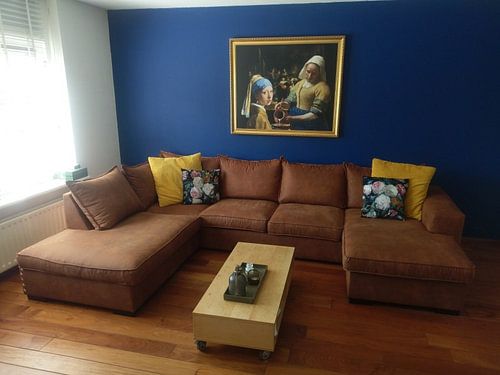
 Germany
Germany Ordered in October 2020
Ordered in October 2020
 Germany
Germany Ordered in August 2019
Ordered in August 2019
 Germany
Germany Ordered in August 2022
Ordered in August 2022
About the material
ArtFrame™
Interchangeable Art Prints
- High-quality print
- Easily interchangeable
- Acoustic function
- Large sizes available
Discover the artworks of Maarten Verhees
 Paramaribo in vogelvluchtMaarten Verhees
Paramaribo in vogelvluchtMaarten Verhees Sunrise BaganMaarten Verhees
Sunrise BaganMaarten Verhees Nyaung-U Township: Sunrise in Old BaganMaarten Verhees
Nyaung-U Township: Sunrise in Old BaganMaarten Verhees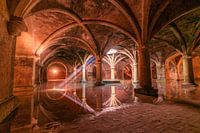 Citerne PortugaiseMaarten Verhees
Citerne PortugaiseMaarten Verhees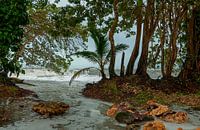 Costa Rica: Cahuita National ParkMaarten Verhees
Costa Rica: Cahuita National ParkMaarten Verhees Guatemala: Meer van Atitlán (Panajachel)Maarten Verhees
Guatemala: Meer van Atitlán (Panajachel)Maarten Verhees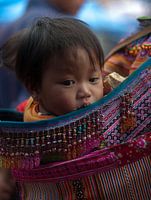 Vietnam: Can Cau Markt (Bắc Hà)Maarten Verhees
Vietnam: Can Cau Markt (Bắc Hà)Maarten Verhees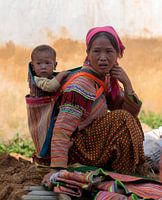 Vietnam: Cán Cấu markt (Giang Ta Chai)Maarten Verhees
Vietnam: Cán Cấu markt (Giang Ta Chai)Maarten Verhees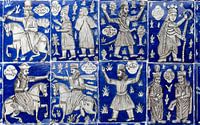 Iran: Tekyeh Moaven al-molk (Kermanshah)Maarten Verhees
Iran: Tekyeh Moaven al-molk (Kermanshah)Maarten Verhees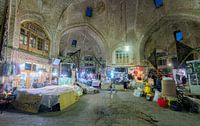 Iran: Bazaar of Tabriz (Tabriz)Maarten Verhees
Iran: Bazaar of Tabriz (Tabriz)Maarten Verhees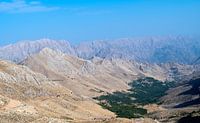 Iran: Landscape (Uraman Takht)Maarten Verhees
Iran: Landscape (Uraman Takht)Maarten Verhees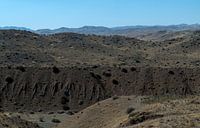 Iran: Landscape between Saveh and TaqarudMaarten Verhees
Iran: Landscape between Saveh and TaqarudMaarten Verhees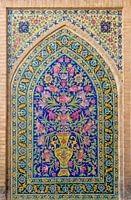 Iran: Agha Bozorgmosque (Kashan)Maarten Verhees
Iran: Agha Bozorgmosque (Kashan)Maarten Verhees Iran: Natural History Museum (Isfahan)Maarten Verhees
Iran: Natural History Museum (Isfahan)Maarten Verhees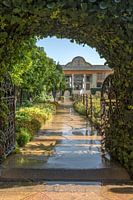 Iran: Qavam House (Shiraz)Maarten Verhees
Iran: Qavam House (Shiraz)Maarten Verhees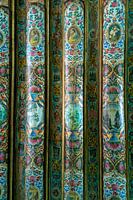 Iran: Qavam House (Shiraz)Maarten Verhees
Iran: Qavam House (Shiraz)Maarten Verhees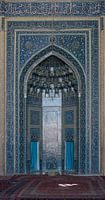 Iran: Jameh Mosque of Yazd (Yazd)Maarten Verhees
Iran: Jameh Mosque of Yazd (Yazd)Maarten Verhees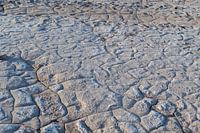 Iran: Salt plains between Yazd and TabasMaarten Verhees
Iran: Salt plains between Yazd and TabasMaarten Verhees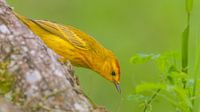 Yellow singerMaarten Verhees
Yellow singerMaarten Verhees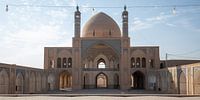 Agha Bozorg MosqueMaarten Verhees
Agha Bozorg MosqueMaarten Verhees
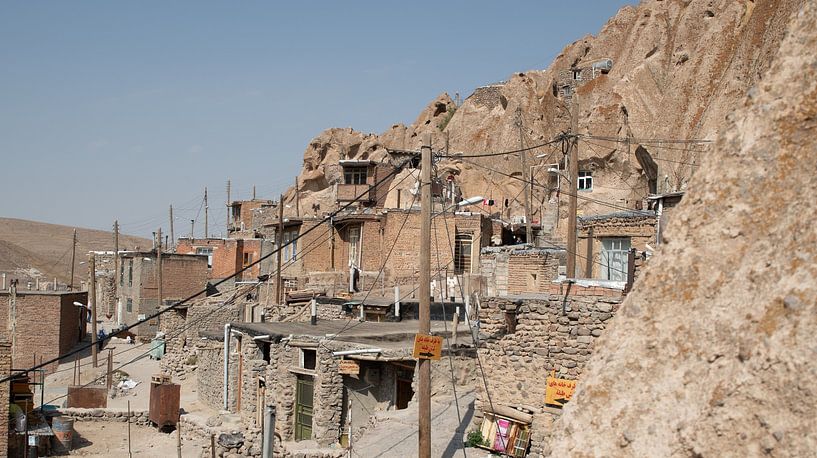












 Panorama photography
Panorama photography Photo wallpaper
Photo wallpaper Photography
Photography Serene Peace
Serene Peace









